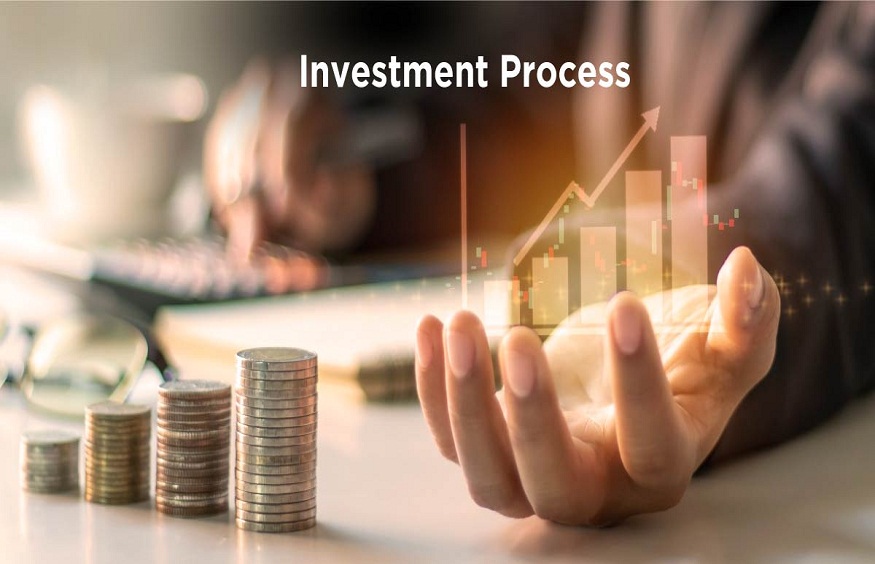
Three Steps That Will Have You Investing Like an Investing Professional
When selecting a fund to invest in, the first thing a potential investor wants to know is how the returns are generated. Historical performance is important, of course, but the investment process is even more so. It’s the strength of the investment process that determines long-term investment success, not luck . Here are six things to consider when implementing or refining your process.
1. What are your objectives and constraints?
To combat your own psychology and market volatility, it’s vital to be crystal clear about your goals and constraints:
What is your real time horizon ?
What reasonable range of returns are you aiming for?
Will you invest passively, actively, or both?
Constraints:
Which assets and products should you simply leave behind?
In reality, what is the maximum loss you can tolerate?
Can you actually beat the market over the long term (i.e. do you have a proven advantage)?
How much time can you actually dedicate to investing?
If you have more than one goal—say, you want to invest for the long term, but you also want to invest more actively—then be sure to treat each approach separately. For example, you might aim to achieve 7% returns per year over the next two decades by passively investing in your main portfolio, and aim to generate 15% this year alone by actively selecting stocks in a second, smaller portfolio. The latter is more challenging and riskier, so you should expect greater potential losses and plan to dedicate more time to it.
2. How will you find investment ideas?
Les Echos? BFM Bourse? Or this weekly newsletter ;)? Determine how you’re going to look for investment ideas. If you don’t know where to start, don’t panic. Here are two different approaches:
Top-down : You start with a high-level theme and identify the assets or stocks that could benefit most from it. For example, you might think inflation will remain higher than usual over the next few years. In this case, you might consider assets that typically thrive in high-inflation environments, such as real estate, commodities, or energy stocks.
Bottom-up : You identify the attributes of a successful opportunity by zooming in on each investment. For example, if you’re a value investor, you might examine the price-to-earnings ratio or assess the quality of a company’s earnings. It’s not necessary to rely solely on fundamentals: you can also generate ideas by examining technical factors such as a surge in insider buying, extremely weak investor positioning, or even chart patterns such as a cup and handle formation.
Don’t be afraid to try both approaches. But remember point #1: Make sure your ideas align with your goals and constraints.
3. What is your method of analyzing your investment ideas?
Decide how you’re going to analyze your investments. Will you use chart analysis? Or technical analysis? Whatever you decide, don’t rely on your gut feeling or luck. Here are some indicators to look for:
Performance over the past five years if available
The investment strategy;
The main characteristics of the sector (or asset class, style or region if it is not a stock);
The growth, value and quality characteristics of your investment;
Techniques (positioning, technical indicators, etc.);
The main macroeconomic drivers.
Regardless of your skill level, take the time to analyze your investment and/or ask a loved one or a financial investment advisor for help.
Calendar
| M | T | W | T | F | S | S |
|---|---|---|---|---|---|---|
| 1 | 2 | 3 | 4 | 5 | 6 | |
| 7 | 8 | 9 | 10 | 11 | 12 | 13 |
| 14 | 15 | 16 | 17 | 18 | 19 | 20 |
| 21 | 22 | 23 | 24 | 25 | 26 | 27 |
| 28 | 29 | 30 | 31 | |||
Leave a Reply